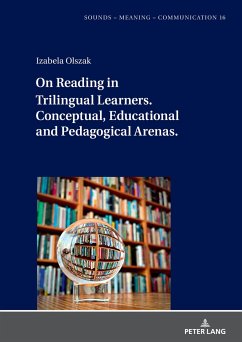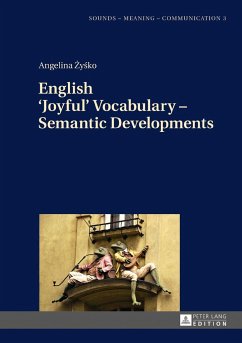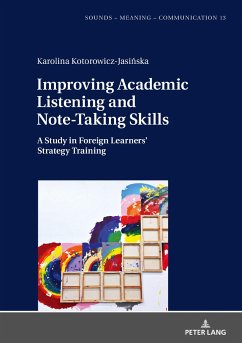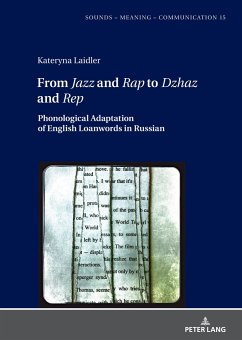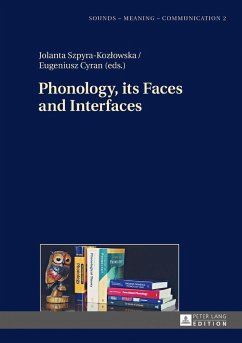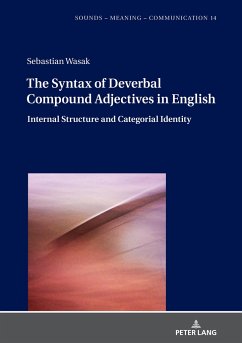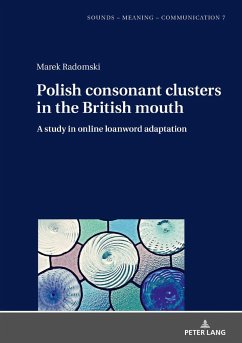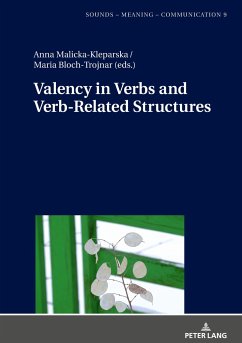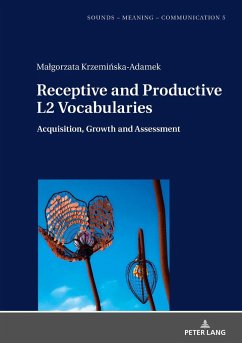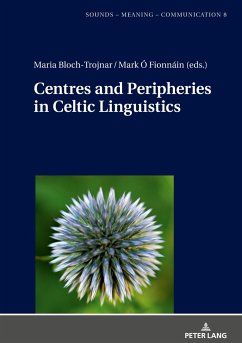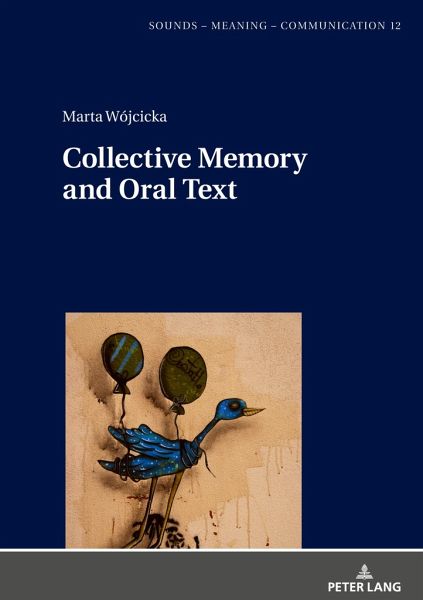
Collective Memory and Oral Text

PAYBACK Punkte
0 °P sammeln!
The aim of this monograph is an attempt to examine the relationship between collective memory and oral texts. The material basis for this presentation consists of folklore oral texts, both prosaic and poetic, different as regards their genres (fairy tales, fables, recollections, traditions, legends, proverbs, and songs) as well as texts that are fragments of spontaneous interviews.The monograph consists of five main parts devoted to the following themes: theoretical considerations, the relation between memory and language, text memory, genre memory, and the relation between memory and the folk...
The aim of this monograph is an attempt to examine the relationship between collective memory and oral texts. The material basis for this presentation consists of folklore oral texts, both prosaic and poetic, different as regards their genres (fairy tales, fables, recollections, traditions, legends, proverbs, and songs) as well as texts that are fragments of spontaneous interviews.
The monograph consists of five main parts devoted to the following themes: theoretical considerations, the relation between memory and language, text memory, genre memory, and the relation between memory and the folk artistic style.
The monograph consists of five main parts devoted to the following themes: theoretical considerations, the relation between memory and language, text memory, genre memory, and the relation between memory and the folk artistic style.





